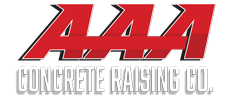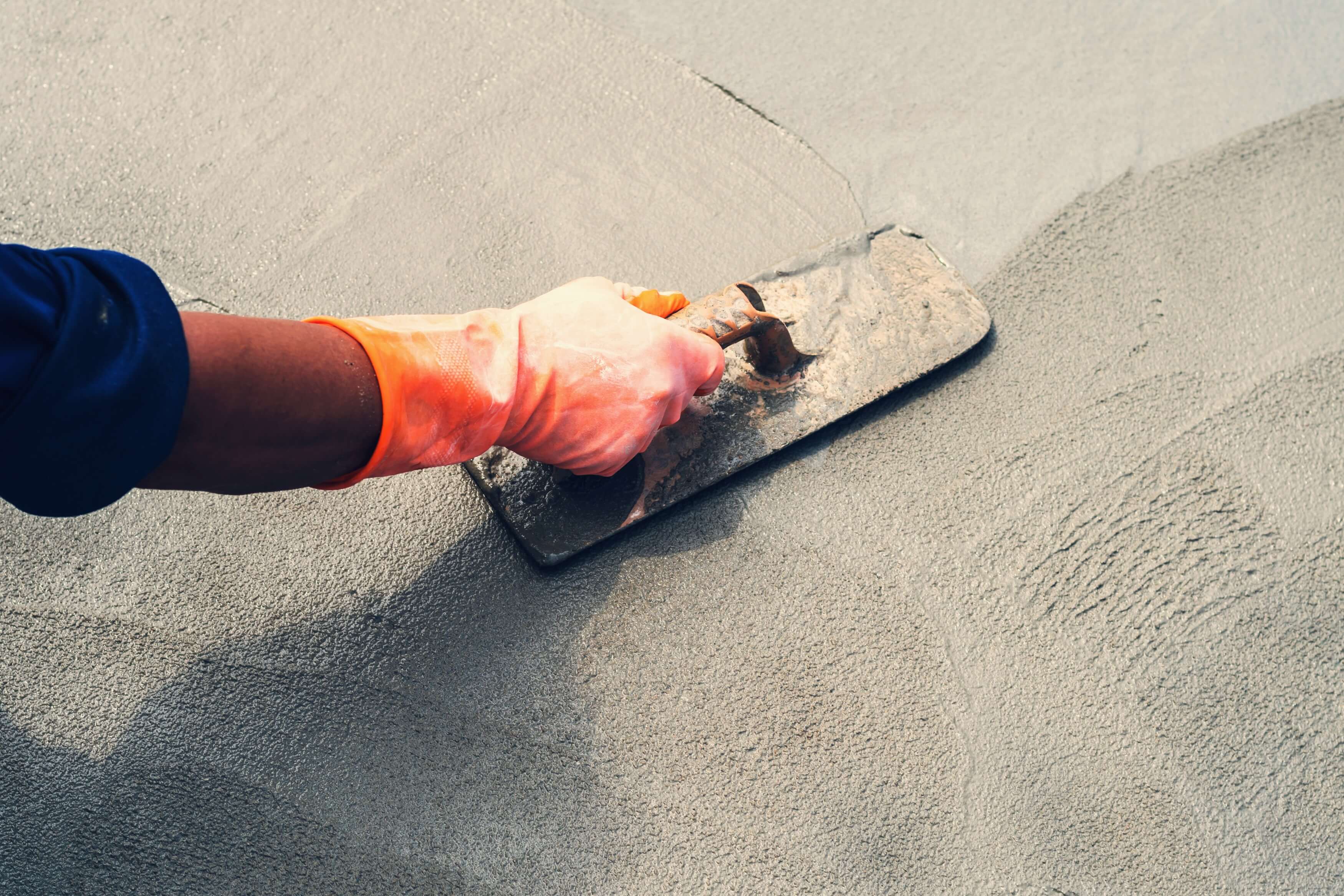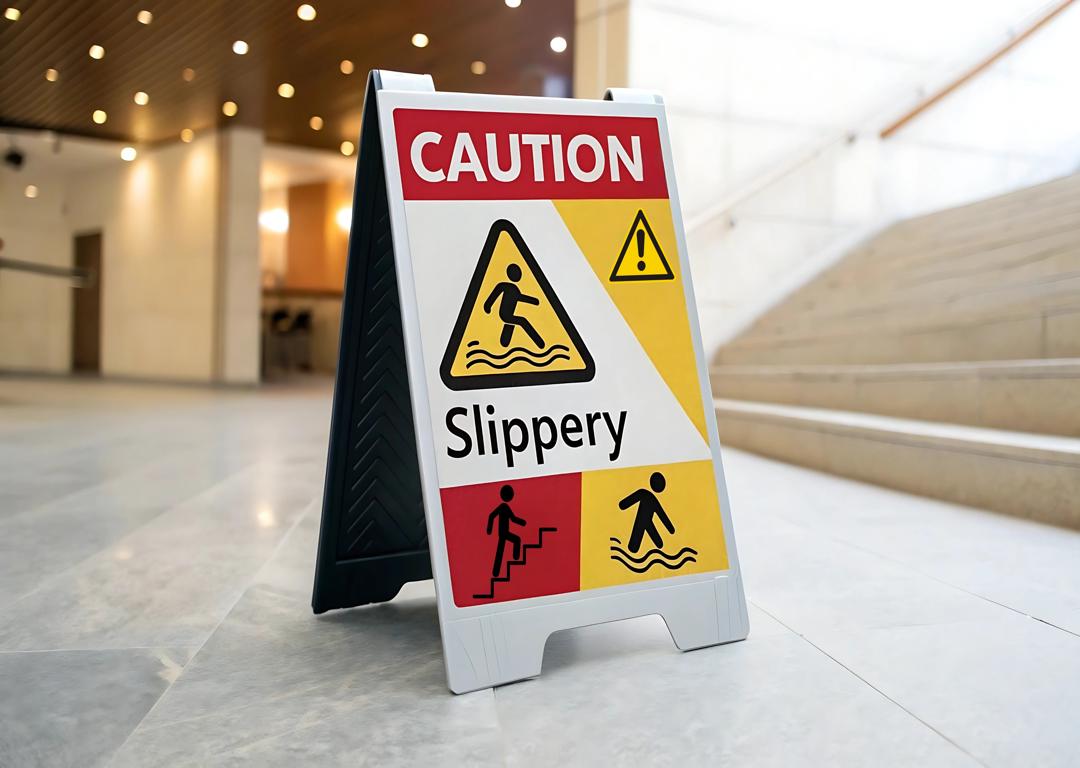You always want your home to look great, but you also want your entire property to be warm and inviting. This means trimming trees and shrubs, mowing the lawn, and taking care of your sidewalk and driveways. Concrete is a popular option for American driveways, sidewalks, and patios, but it can give homeowners issues with cracking, sinking, and rising.
When you have a sunken slab of concrete or a cracked slab of sidewalk, it can create an eyesore and become a hazard to anyone on your property. When there’s something wrong with your concrete, it won’t go away on its own, and the problem will only get worse until it’s addressed. Let’s find out why your concrete sinks and heaves and how you can restore your concrete to its former glory.
Here’s What to Do If Your Concrete is Rising or Sinking
There are several reasons why your concrete might be cracking, rising, or sinking, and ultimately the causes should be identified by a professional. The following are what’s most commonly seen with residential concrete.
Rising Concrete
Why Concrete Rises
There are a few different causes of rising concrete, and one of them is roots. Snaking and bulging roots can work their way under your concrete and push it up over time. Roots can cause cracks, misplaced slabs, and other headaches. Another common reason for rising concrete is poor soil conditions. Certain types of fill soil like clay absorb more water than other types of dirt and substrate. If the fill soil around your concrete is mixed improperly, it could swell at different rates and shift your concrete.
What You Can Do About It
In some cases, the concrete may be salvageable by working around and under it, but in severe cases, the concrete will need to be replaced so concrete experts can create a more stable and well-constructed space for the concrete to be poured. If heaving was a problem, concrete professionals would make sure you don’t experience it again with a new installation.
Sinking Concrete
Why Concrete Sinks
Concrete sinks when voids are created beneath the concrete. This can happen due to the natural water table in your area, flooding, poor fill, poor concrete installation, and more. Sinking concrete can create cracks and awkward walks to the car. The void will get worse if not addressed.
What You Can Do About It
In most instances of cracks and sinking concrete, the concrete is salvageable. Rather than bust up your concrete and replace it, you can use mudjacking to shift the panel back into place. Mudjacking pumps a slurry into the void underneath the concrete to lift it back into place and create a level, safe surface. AAA Concrete Raising must first investigate the area to be certain it’s salvageable, then lead you through the mudjacking process. In severe cases, the concrete will need to be replaced.
Rising and sinking concrete can create headaches for homeowners, but there are ways to address the problem. Rising panels will likely need better soil fill conditions while sunken concrete can be propped back up with our help. You want your whole property to look great so don’t sit around while your sidewalk and driveway become a liability – get your sunken or rising concrete addressed right away.





